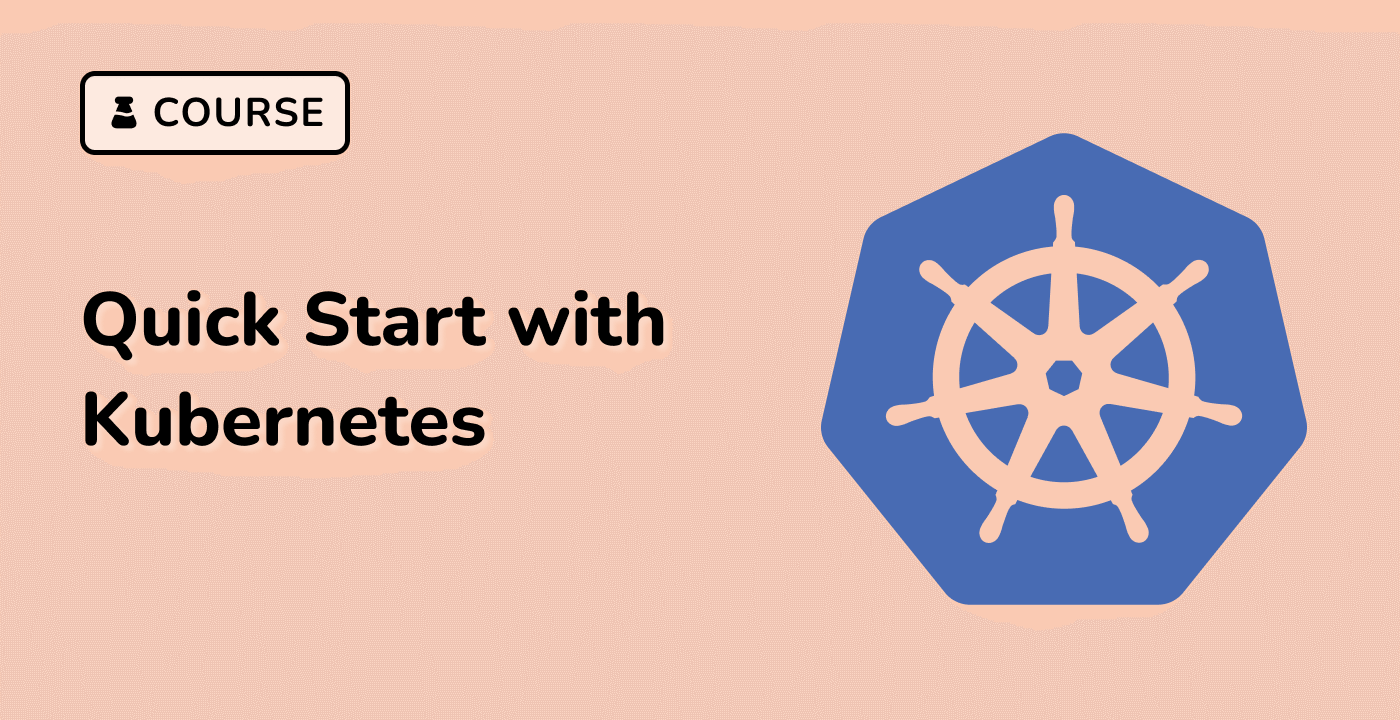Advanced Techniques for File Transfers
While the kubectl cp command provides a simple way to copy files between Pods and the local filesystem, there are additional techniques and tools you can use to enhance file transfer capabilities in Kubernetes.
Using Volumes for File Transfers
Kubernetes Volumes provide a way to share data between Pods. You can use Volumes to facilitate file transfers between Pods, even if the Pods are not running at the same time.
graph LR
A[Pod 1] --> B[Volume]
B --> C[Pod 2]
By mounting a shared Volume in multiple Pods, you can copy files to the Volume from one Pod and access them from another Pod.
Leveraging Persistent Volumes
Persistent Volumes (PVs) are a way to provide durable storage in Kubernetes. You can use PVs to store files that need to be accessed by multiple Pods or across Pod restarts.
graph LR
A[Pod 1] --> B[Persistent Volume Claim]
B --> C[Persistent Volume]
C --> D[Storage Backend]
E[Pod 2] --> B
PVs can be backed by various storage solutions, such as network-attached storage (NAS), cloud storage, or local disk, providing flexibility and scalability for file transfers.
Integrating with External Storage Systems
For more advanced file transfer needs, you can integrate Kubernetes with external storage systems, such as object storage (e.g., S3, GCS) or network file systems (e.g., NFS, CIFS).
graph LR
A[Pod] --> B[Kubernetes Volume]
B --> C[External Storage System]
By using external storage, you can enable file transfers between Pods, across Kubernetes clusters, or even between Kubernetes and non-Kubernetes environments.
Automating File Transfers with Sidecar Containers
You can use sidecar containers to automate file transfers between Pods. Sidecar containers are additional containers that run alongside the main application container in a Pod, providing supplementary functionality.
graph LR
A[Pod]
A --> B[Main Container]
A --> C[Sidecar Container]
Sidecar containers can be used to monitor file changes, trigger file synchronization, or perform other file management tasks, enhancing the overall file transfer capabilities in your Kubernetes environment.
By exploring these advanced techniques, you can unlock more sophisticated file transfer capabilities, enabling you to better manage and share data across your Kubernetes-based applications.



